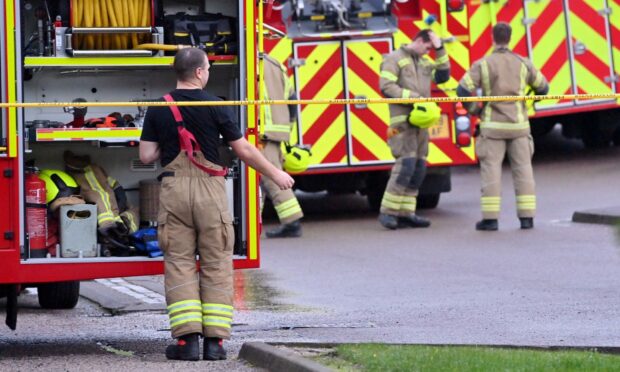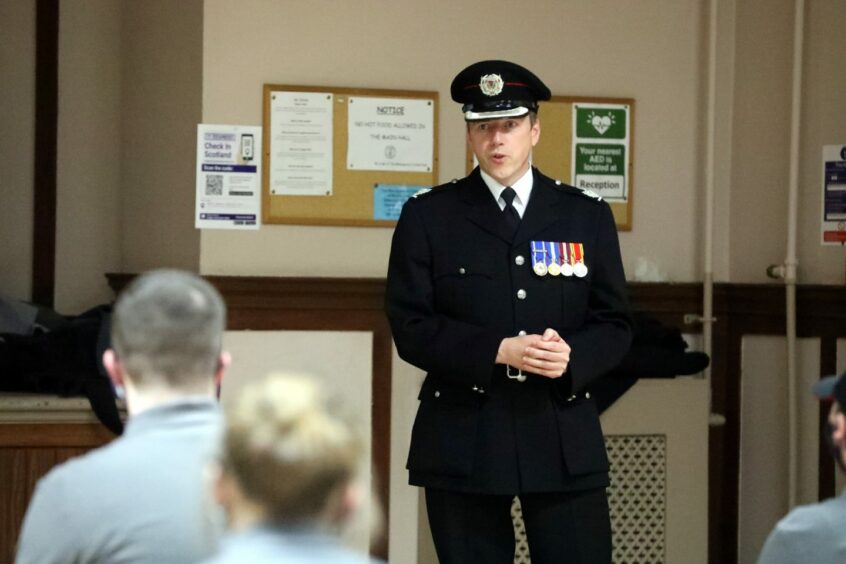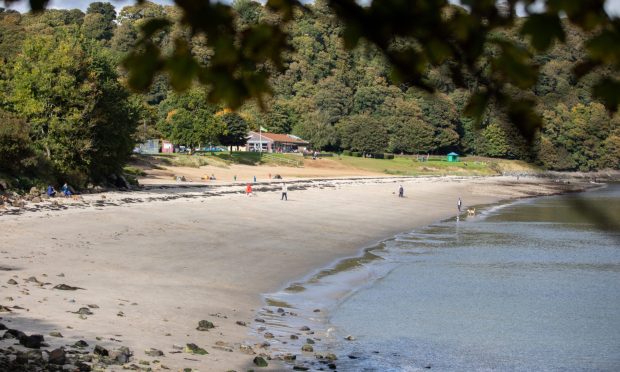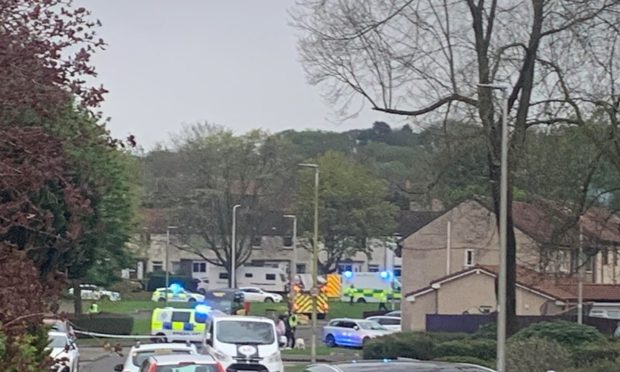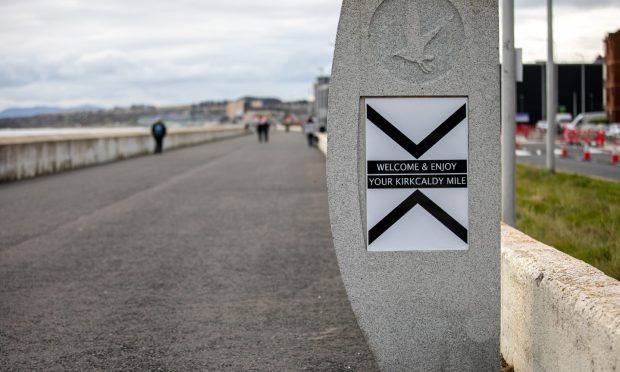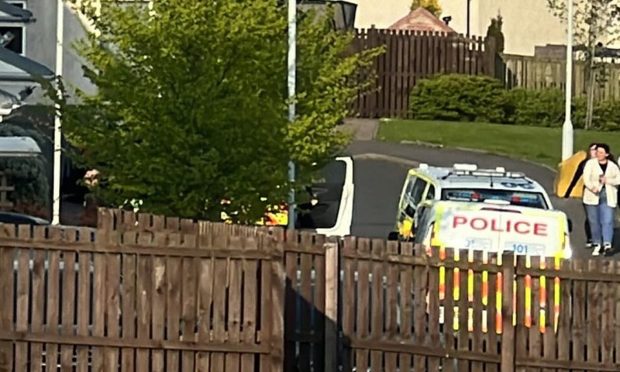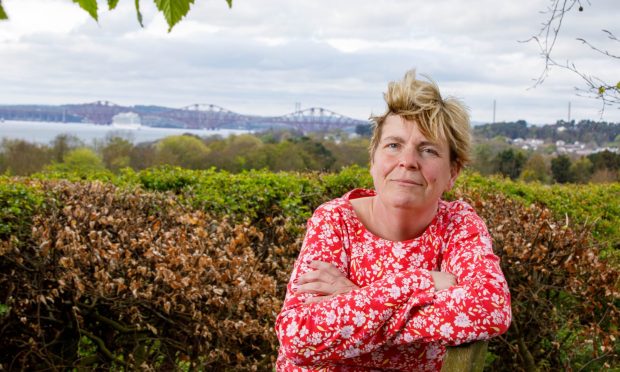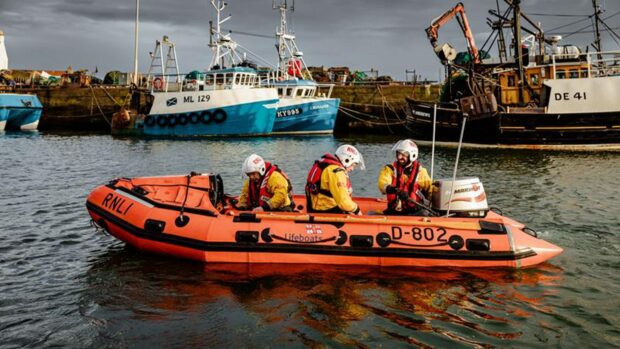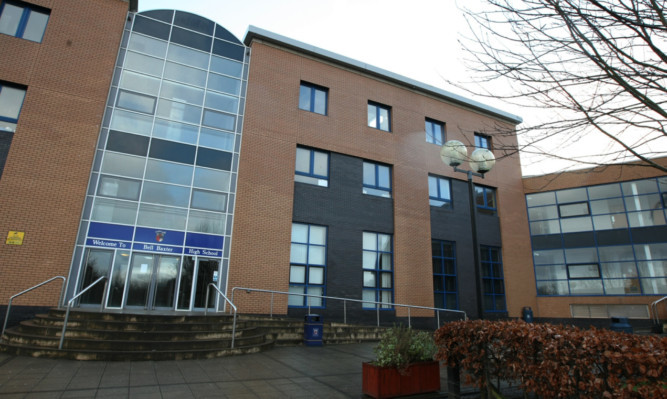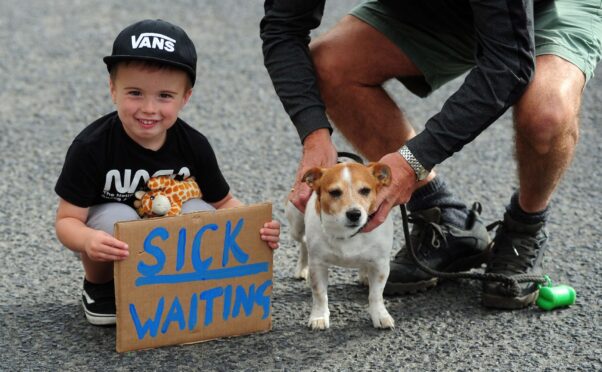Firefighters say a high number of deliberate fires across Tayside and Fife this year can be partly blamed on the Covid-19 pandemic.
The Scottish Fire and Rescue Service (SFRS) attended 2,047 malicious fires across Dundee, Angus, Fife and Perth and Kinross between January 1 and December 16.
Nearly half of the incidents were in Fife, with 999 calls – which was higher than previous years – while 789 were in Dundee.
The figures were significantly lower for Angus and Perth and Kinross, which had 155 and 104 respectively.
Case numbers highest in Fife
Fife firefighters dealt with their biggest number of callouts in September, with the service blaming pandemic restrictions for not being able to educate youngsters on the risks of setting fires.
Mark Bryce, the SFRS local senior officer for Stirling, Clackmannanshire and Fife, says the high number of deliberate fires is a “needless drain” on resources.
He said: “We have seen a higher number of deliberate fires in the Fife area than usual.
“Deliberate fires have the potential to cause injury and even death or cause devastating damage to our environment and properties.
“They are a needless drain on emergency service resources at a difficult time.
“Our firefighters and community action teams have been and will continue to work extremely hard to engage with the public and promote safety messages.”
Dangers of deliberate fires
Mr Bryce says the fire service is trying to reach young people in other ways.
He added: “We are developing new ways to provide educational input to schools and young people and we ask parents, guardians, and carers to help by making sure that children and young people are aware of the risks and consequences of deliberate fire setting.
“We also continue to liaise with premises occupiers, particularly in town centres, to give advice on refuse storage and security, which can be a cause of deliberate fires.”
